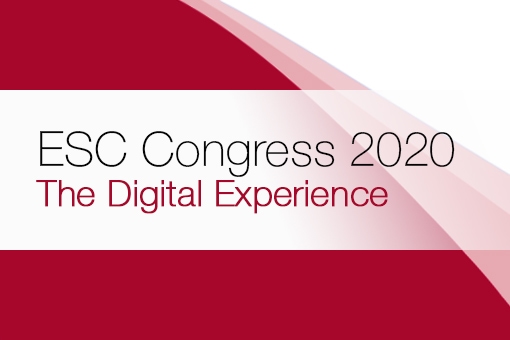Day Three
By Dr Nadir Elamin, Cardiology SpR
LoDoCo2 and POPular CABG Trials
It’s Day 3 and LoDoCo2 Trial follows on from LoDoCo1. Another Colchicine trial but is there a worrying signal for non-Cardiovascular death?
Colchicine beneficial effects in patients with coronary artery disease were further reinforced by the LoDoCo2 trial. Mark Nidorf presented promising results concerning low dose colchicine in patients with chronic coronary disease. 5522 patients with chronic coronary artery disease randomised to either colchicine (n= 2762) or placebo (n=2760).
As an anti-inflammatory drug, low dose colchicine (0.5mg) was associated with a lower incidence of a composite of cardiovascular death, spontaneous (nonprocedural) myocardial infarction, ischemic stroke, or ischaemia-driven coronary revascularisation (95% CI 0.57 – 0.83 ; p <0.001). Furthermore, colchicine was associated with a lower incidence of a composite of cardiovascular death, spontaneous myocardial infarction, or ischaemic stroke (95% CI 0.57-0.92; p=0.007). However, the incidence of non-cardiovascular deaths was higher in the colchicine group compared to placebo (a slightly wide 95% CI 0.99-2.31). The median follow-up duration was 28.6 months.
In addition to the COLCOT, the results of LoDoCo2 denote further evidence to support the usage of colchicine in patients with coronary artery disease. This time, however, LoDoCo2 supports using colchicine in patients with chronic coronary artery disease. Further colchicine trials are yet to come. Hopefully they would clarify the slightly worrisome signal of non cardiovascular death also seen previously in a colchicine trial.
POPular CABG Trial
Another trial testing the efficacy of adding Ticagrelor to Aspirin following CABG. The ESC recommends restarting Ticagrelor after CABG for ACS patients. POPular CABG funded by AstraZeneca was a multicentre, randomised, double-blinded, placebo-controlled trial. Patients were randomised to Aspirin + Ticagrelor 90mg bd (n=247) group and Aspirin + placebo (n=249). Patients were Age >21 years and had an indication for CABG with ≥1 saphenous vein graft (SVG). Nearly all patients were done on-pump and 31% had ACS in this trial.
Laura Marijke Willemsen presented the results which showed no significant difference in the primary endpoint which is SVG occlusion rate at one year after CABG assessed by non-invasive angiography or an invasive angiogram (95%CI 0.73-2.30;p=0.38). Similarly, there was no significant difference between the two groups for the secondary outcome which included SVG failure (a composite of SVG occlusion, SVG revascularisation myocardial infarction in a myocardial territory supplied by an SVG, or sudden death) (p=0.371). The bleeding events at 30 days and one year were also not significantly different between the two groups (30 day p=0.508, one year p=0.419).
The results compare with the previously reported DACAB trial which suggested higher vein graft patency with DAPT using low-dose aspirin + ticagrelor compared with low-dose aspirin alone. It should be noted however that in DACAB most of the CABG was off pump.
Despite the results of the POPular CABG trial, the new guidelines for NSTE-ACS, which was presented earlier in the congress recommends dual antiplatelet therapy for ACS patients undergoing CABG.
Let’s look forward to day 4

